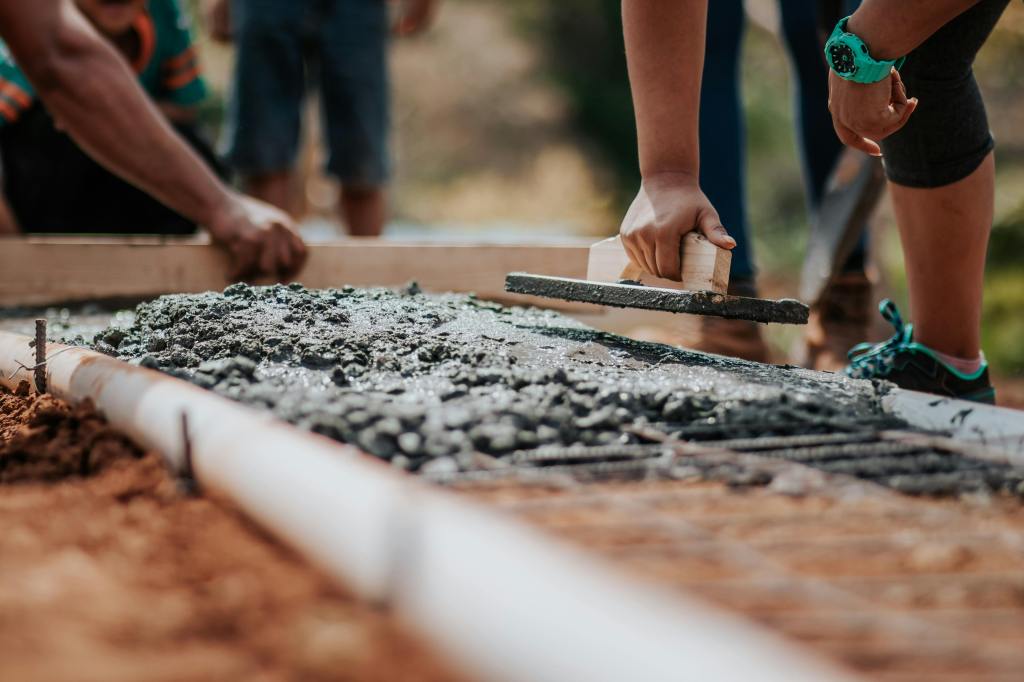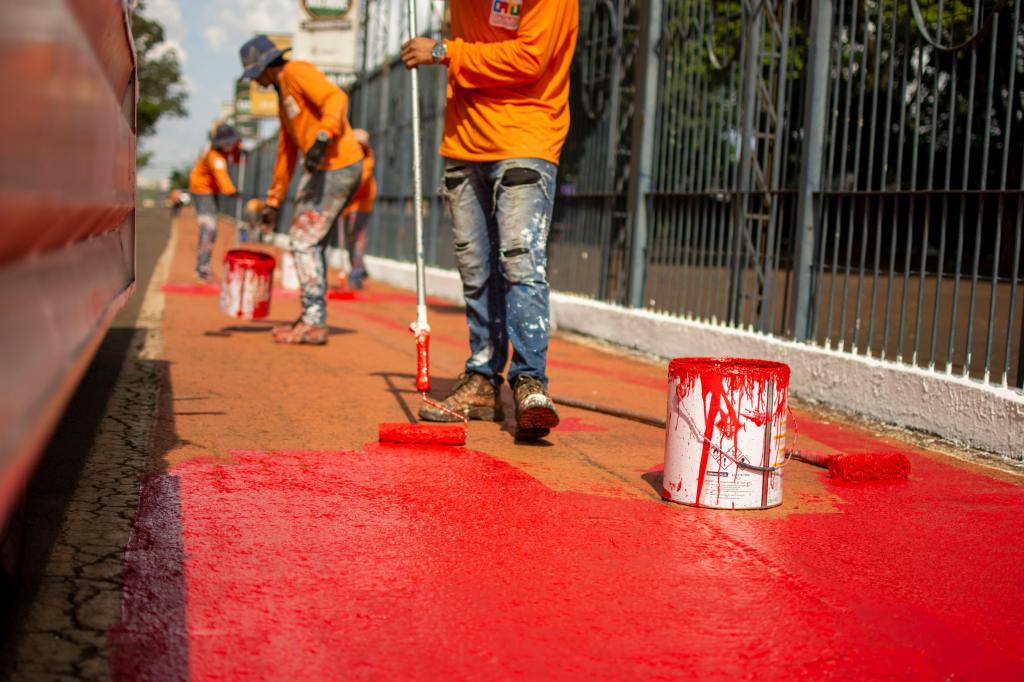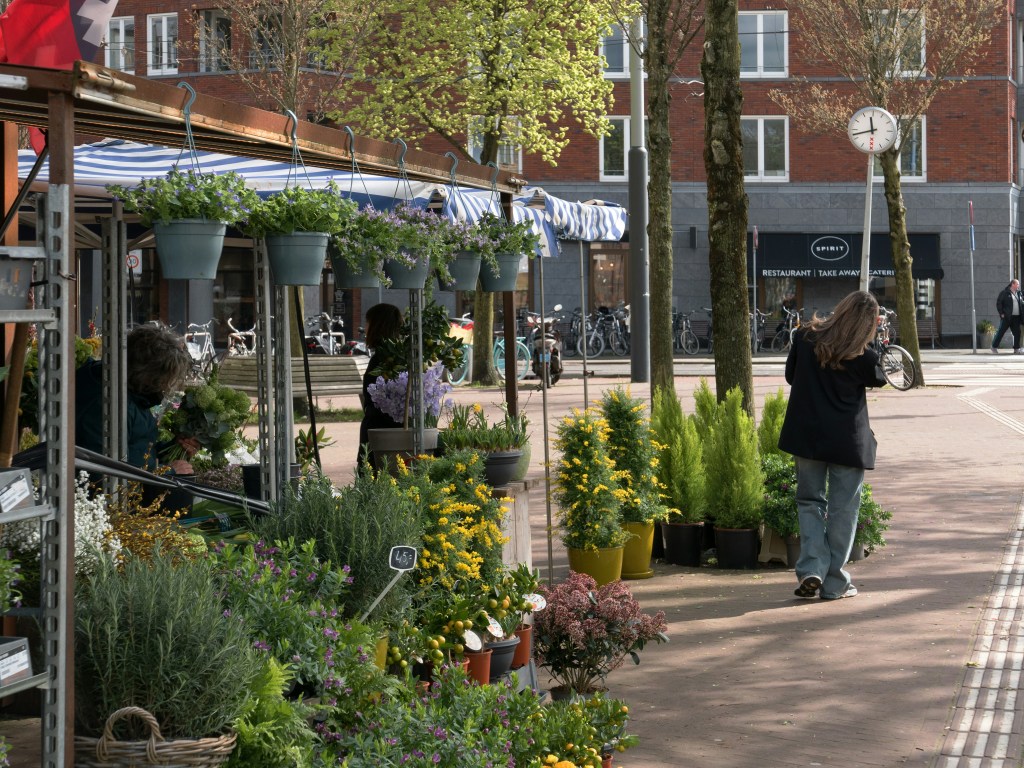The Role of Vacant Property in Urban Renewal Projects

Urban renewal is an essential process for rejuvenating neighborhoods, particularly those burdened by vacant properties. These properties often symbolize economic decline and social challenges, making their significance in urban development especially crucial. By addressing and transforming these vacant lands, cities can unlock hidden potential and foster vibrant communities.
Urban revitalization enhances a neighborhood’s aesthetic and functional aspects and plays a pivotal role in stimulating local economies, attracting businesses, and improving residents’ overall quality of life. The interconnectedness of urban renewal and vacant properties highlights the need for innovative solutions that breathe new life into needed areas, creating sustainable urban environments for future generations.
The Impact of Vacant Properties on Urban Areas
Vacant properties have significant economic, social, and aesthetic effects on urban neighborhoods, influencing communities’ overall safety and well-being.
Economic impact
Economically, the repercussions of vacant and abandoned properties are profound. Individual homeowners, mainly those already facing financial difficulties, experience the burden of financial liabilities associated with vacant properties. Such buildings can diminish property equity, decrease home values, and cause residents to lose wealth. Additionally, public finance suffers as local governments grapple with lost revenue from these properties. Public safety and maintenance costs strain local governments, limiting resources for other community programs.
Social and physical impact
Socially, vacant properties can profoundly affect residents’ emotional well-being. The visual signs of neighborhood disinvestment can lead to a sense of hopelessness among community residents. Research indicates that neighborhoods with a prevalence of vacant and abandoned properties are more likely to experience higher rates of violent crime. The physical dangers posed by these buildings cannot be overlooked, as they often harbor toxic materials like mold, asbestos, and lead, contributing to adverse health outcomes for those in surrounding neighborhoods.
Aesthetically, the presence of vacant and abandoned properties detracts from the visual appeal of urban environments, creating an atmosphere of neglect. Deteriorated properties and unkempt lots signal decay and can discourage new investment and engagement from residents. This deterioration impacts community pride and serves as a deterrent to potential newcomers seeking to live in or invest in the neighborhood.

Strategic Approaches to Utilizing Vacant Properties
Repurposing vacant properties is a crucial strategy for revitalizing communities and addressing urban decay. Various methods can be employed, including redevelopment, adaptive reuse, and temporary uses.
Urban regeneration strategies
Redevelopment often involves tearing down old structures and constructing new ones, while adaptive reuse focuses on renovating existing buildings for new purposes, preserving their historical aspects.
Temporary uses for empty buildings can also provide immediate community benefits, allowing spaces to serve as pop-up shops, art galleries, or community centers until a more permanent solution is implemented.
Data analysis is the first step in crafting a successful strategy for repurposing vacant properties. Understanding the number of vacant properties within a community, their types, and their conditions allows for targeted interventions. This data can help prioritize areas of greatest need, identify specific actions required for each property, and gather comprehensive neighborhood information.
Resources
Additionally, resources like land banks play a vital role in repurposing. A land bank authority can assist in acquiring and managing vacant properties and lots, including the option to demolish those beyond repair. They also coordinate legal and administrative processes to transition the land to community developers or organizations. It’s important to note that some states have the legal authority to establish land banks, which serve as a valuable resource in property repurposing.
Furthermore, public and private resources are essential in funding these initiatives, especially since many local and state governments may lack sufficient financial backing. Charitable organizations can provide initial funding, allowing local governments to reimburse them upon achieving predetermined project goals.
Civic engagement
Civic engagement is crucial in repurposing vacant properties, as local organizations and non-profit groups are often instrumental in gathering community support and understanding residents’ unique needs. This engagement allows locals to participate in decision-making that will impact their neighborhoods actively. By involving residents in discussions and planning, communities can foster a sense of agency and ownership, ultimately leading to more effective and sustainable properties that reflect the values and desires of the people they serve.

Case Studies: Successful Urban Renewal Projects Involving Vacant Properties
Urban renewal projects are crucial in revitalizing communities and transforming vacant properties into vibrant spaces.
One notable example is the Metro Tech Center in Brooklyn, New York. As the largest urban university and industry science and technology park in the nation, it has become a focal point for innovation and collaboration. The development features the new headquarters for the NYC Fire Department and the state’s largest courthouse.
This transformation has spurred an increase in commercial and residential development, contributing to economic growth in the region. The Metro Tech Center also hosts various cultural events, including health fairs, concerts, and holiday celebrations, showcasing its multi-use capability and commitment to engaging the community.
Another compelling case study is the Hantz Woodlands project in Detroit, Michigan. This initiative focuses on purchasing abandoned properties, clearing the land, and planting trees to foster the creation of urban farms.
By converting vacant lots into green spaces, Hantz Woodlands beautifies the city and encourages sustainable practices. A significant advantage of this project is that the city does not incur maintenance costs for the abandoned structures, allowing it to allocate funds to other pressing areas. Moreover, revenue generated from taxes paid by Hantz Woodlands further supports the local economy.
These projects highlight key outcomes of property redevelopment, demonstrating that thoughtful urban renewal can yield positive environmental, social, and economic benefits while offering important lessons for future initiatives.

Challenges and Barriers in Redeveloping Vacant Properties
The redevelopment of vacant properties presents many challenges that can significantly hinder progress in urban renewal efforts. Financial, legal, and community-related obstacles often discourage investment in these properties.
One of the primary issues is identifying property ownership. In many instances, tracking down the rightful owner can be difficult, complicating the process of acquiring necessary permissions for redevelopment. This lack of clear ownership can stall projects and dissuade potential developers from pursuing opportunities in areas with distressed properties.
The physical condition of vacant structures also plays a critical role in the feasibility of redevelopment. Properties that have been abandoned for a while typically suffer from deteriorated conditions. Issues like stripped electrical wiring, damaged plumbing, and mold can lead to hefty repair costs. Often, these expenses can surpass the cost of constructing a new building, making redevelopment less attractive.
The housing market itself is another significant factor influencing redevelopment efforts. It varies widely from neighborhood to neighborhood, meaning developers are more likely to invest in areas experiencing growth and increased demand. In contrast, neighborhoods with stagnant or declining property values struggle to attract investment. This disparity creates what is known as a market gap, where the costs associated with purchasing and renovating properties exceed the potential rental or sale prices that residents can afford. These dynamics also pose substantial challenges in achieving low income housing solutions in blighted areas.
Legal hurdles add another layer of complexity to the redevelopment process. Securing the correct permits for renovation, demolition, or building can be daunting, particularly when ownership issues complicate the landscape. Legal fees, back taxes, and the costs involved in demolishing existing structures can escalate quickly, making projects less viable.
Consequently, navigating these legal requirements delay redevelopment initiatives and heightens the financial risk for investors and developers looking to revitalize vacant properties.

Innovative Solutions and Best Practices
Effective strategies and best practices for overcoming redevelopment obstacles often involve innovative solutions, particularly in addressing vacant properties.
One notable approach is the establishment of public-private partnerships, which have proven beneficial in revitalizing urban areas. These collaborations enable local governments to leverage resources and expertise from nonprofit organizations, private entities, and community stakeholders to tackle urban renewal and vacant land management issues.
For instance, Gloucester County, New Jersey, has successfully partnered with a nonprofit organization called Community Champions to create a comprehensive database of abandoned properties. This initiative includes registering mortgage holders and allowing the county to contact responsible parties when maintenance issues arise quickly. This holds property owners accountable and reduces the financial burden on local governments regarding property maintenance.
In Philadelphia, Pennsylvania, innovative strategies have addressed the challenges associated with vacant lots, especially concerning crime and community safety. By transforming these neglected spaces into clean, informal parks, the city collaborated with the Pennsylvania Horticultural Society and local neighborhood groups to maintain and revitalize these areas. This initiative significantly decreased crime rates, increased home values, and enhanced physical activity among residents, demonstrating the multifaceted benefits of urban renewal efforts.
Mobile, Alabama, has also implemented a creative solution to tackle blighted properties using social media. Recognizing that approximately 16% of its housing units were abandoned, the city deployed 14 code enforcement officers with smartphones and Instagram. By photographing and tagging locations of dilapidated structures, the city was able to gather crucial data on where the most significant issues existed. This approach helped prioritize city resources and provided visual evidence of the damage, facilitating more effective redevelopment planning.

Future Trends in Urban Renewal and Vacant Property Management
Emerging strategies and technologies are pivotal in shaping the future of urban renewal and vacant property management over the next decade.
Economic development
As cities grapple with the challenges of blight, progressive approaches to revitalization are taking center stage. Innovations in property management and urban development are set to transform vacant properties into vibrant spaces that cater to the needs of urban dwellers. The focus on future trends in urban renewal highlights the importance of integrating new economic sectors, such as life sciences, technology, and aerospace, which are helping cities diversify their economies and reinvigorate neglected areas.
Urban renewal project
Cities like Tulsa, Oklahoma, exemplify the successful implementation of urban renewal strategies that prioritize community engagement and address historical inequalities. By branding itself as a “15-minute city,” Tulsa has enhanced accessibility, allowing residents to walk, shop, live, and play within a short distance. This emphasis on walkability resonates particularly with young professionals who are increasingly drawn to urban environments that offer vibrant public spaces and a sense of community. Such transformations improve the aesthetic and functional value of cities and foster a greater sense of belonging among residents.
The integration of technology, data analysis, and artificial intelligence is becoming essential for cities looking to embark on urban renewal projects. These tools provide invaluable insights that help to identify community needs and evaluate the impacts of proposed changes.
Community and neighborhood development
However, while technology can serve as a powerful resource, the importance of community engagement cannot be overstated. Collaborating with community leaders, community based nonprofit organizations, and community residents is crucial to understanding the unique needs of each neighborhood. Ultimately, revitalizing a city without considering the voices of its inhabitants renders the efforts ineffective. A successful urban transformation hinges on ensuring that the community feels heard and prioritized in the development process.

Conclusion: The Ongoing Role of Vacant Properties in Urban Transformation
The role of vacant properties in urban transformation is critical, as they offer unique opportunities for redevelopment and revitalization within communities. The importance of ongoing innovation in transforming these underutilized spaces emphasizes that effective property redevelopment can lead to significant economic and social benefits.
Urban renewal efforts enhances the aesthetic and functional aspects of neighborhoods and fosters community identity. By investing in vacant land and exploring innovative solutions, cities can harness the potential of these properties, turning them into vibrant spaces that contribute to sustainable urban growth and improve the overall quality of life for residents
Sources
https://inclusivehistorian.com/urban-renewal/
https://communityprogress.org/blog/how-vacant-abandoned-buildings-affect-community/#:~:text=Violence%20and%20crime%3A%20Studies%20have,with%20vacant%20and%20abandoned%20properties.
https://www.urban.org/urban-wire/five-elements-cities-need-address-hypervacancy-and-catalyze-neighborhood-recovery
https://www.socialworkdegreeguide.com/30-inspiring-urban-renewal-projects/
https://baltimoreheritage.github.io/vacant-buildings-101/guides/barriers-reuse/
https://www.govpilot.com/blog/how-cities-are-using-innovation-to-combat-vacant-properties
https://urbanland.uli.org/development-and-construction/leadership/bold-urban-strategies-will-make-or-break-cities-in-a-post-pandemic-era
https://communityprogress.org/blog/vacant-properties-climate-resilience/

